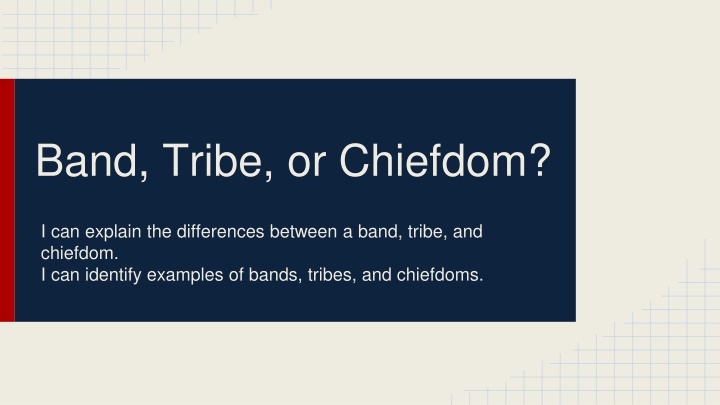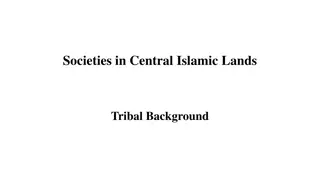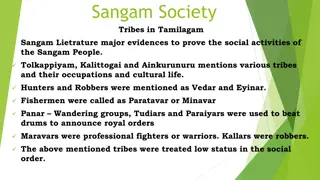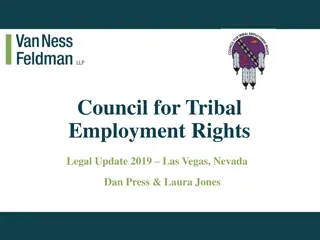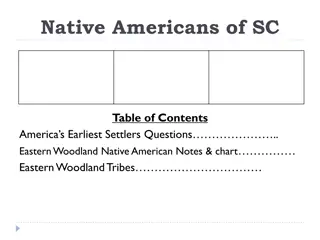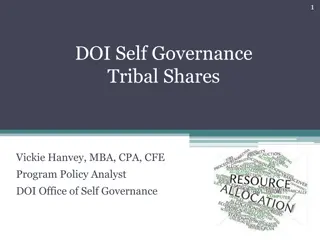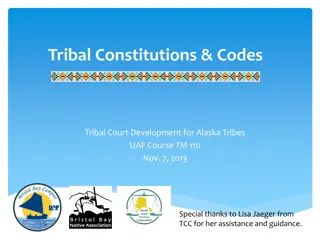Social Organization: Bands, Tribes, and Chiefdoms Explained
In social organization, cultures have evolved through bands, tribes, and chiefdoms. Bands are small, egalitarian groups practicing hunting and gathering. Tribes support larger populations with agrarian lifestyles and temporary land ownership. Chiefdoms, the most complex, are stratified societies with inherited social classes. Each form reflects increasing complexity and population support.
Download Presentation

Please find below an Image/Link to download the presentation.
The content on the website is provided AS IS for your information and personal use only. It may not be sold, licensed, or shared on other websites without obtaining consent from the author.If you encounter any issues during the download, it is possible that the publisher has removed the file from their server.
You are allowed to download the files provided on this website for personal or commercial use, subject to the condition that they are used lawfully. All files are the property of their respective owners.
The content on the website is provided AS IS for your information and personal use only. It may not be sold, licensed, or shared on other websites without obtaining consent from the author.
E N D
Presentation Transcript
Band, Tribe, or Chiefdom? I can explain the differences between a band, tribe, and chiefdom. I can identify examples of bands, tribes, and chiefdoms.
Social Organization There are several ways that cultures organize themselves. Over the course of human history, several cultures have moved towards more complex forms of social organization. o More complex societies tend to have higher populations.
Overview Unstratified Stratified Tribes Bands Chiefdoms Increasing Complexity and Population
Bands Small groups of no more than a few dozen people. Hunters and gatherers o Do NOT wander around o Plan to be in certain areas at certain times of the year. This ensures that resources are used efficiently. Egalitarian society o Only differences in jobs are based on gender and age. Generally do not create permanent structures. Band members have important traditions, rituals, and beliefs.
Microbands and Macrobands For most of the year, bands are far away from each other. o Ensures that each group can find enough food to survive. Once a year, bands gather together and form a macroband. o Conduct ceremonies o Trade with other groups o Find partners o Leave/join a new band
Tribe Can support hundreds of people. Generally agricultural or pastoral subsistence pattern. Egalitarian society o Tribes do have leaders, but they are chosen by the tribe o Leadership changes frequently
Tribe Agriculture and animals allow for a more settled lifestyle. o Build more permanent structures like houses, storage structures, and irrigation systems. Perform more complex ceremonies o Often involve animal/plant fertility and ancestor worship Tribe often owns land collectively, but individuals can claim it for temporary use.
Chiefdom Can support thousands of people. Rely on agriculture for food. STRATIFIED society o People born into specific social classes o Each class responsible for a certain job or task o Includes a chiefdom class - leader must be born into this class. o Higher classes received better goods and more resources.
Chiefdom Chief often a religious leader as well. o Often considered divine or in touch with spiritual world. Chief responsible for protecting other classes from being attacked. o Other classes support the chiefdom in order to receive this protection. People stop doing every job, so they can become an expert at just one job.
Overview Unstratified Stratified Tribes Bands Chiefdoms Increasing Complexity and Population
Activity Directions In your groups: o Read through the description of each culture as a group. o Decide collectively if the culture described best fits into the band, tribe, or chiefdom level. Highlight or circle information that helped you decide. o Make sure that each person in your group can explain why you placed each culture in the category your group decided.
